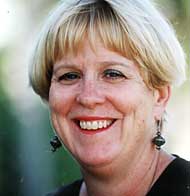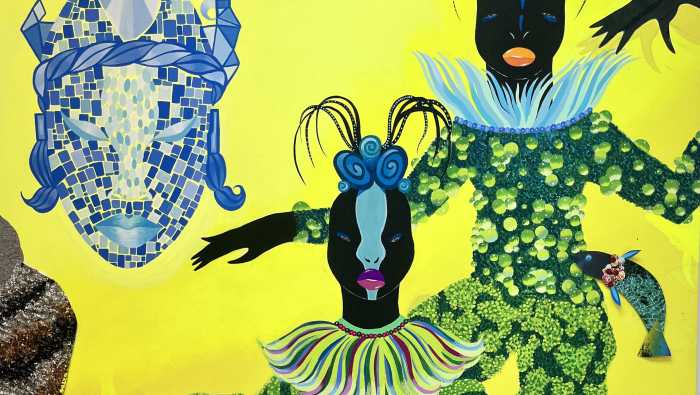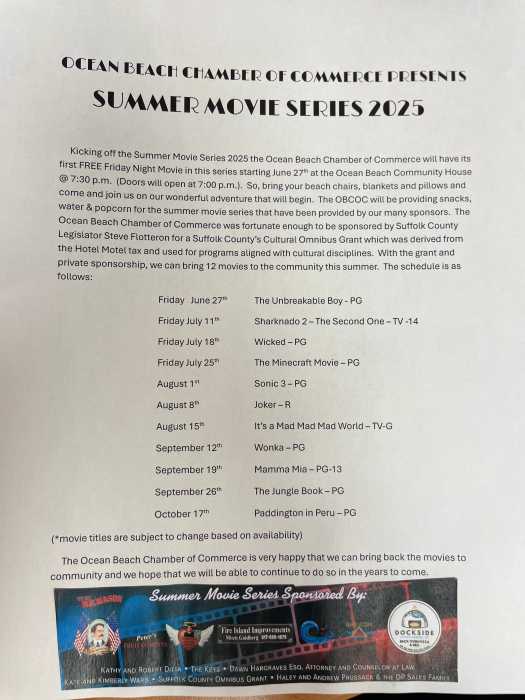When Suzan Hagstrom began researching a
story about the Holocaust Memorial Resource and Education Center
of Central Florida for the Orlando Sentinel in 1990, the financial
news reporter could not have foreseen how an interview with center
volunteer Helen Garfinkel Greenspun would transform her life.
Helen, daughter of Sara Garfinkel, related a story of suffering
and hope that would become the basis for Hagstrom’s book, "Sara’s
Children: The Destruction of Chmielnik," a decade later.
Hagstrom discovered that Helen and four of her siblings, Bela,
Nathan, Regina and Sonia, the children of Sara and Kalman Garfinkel,
had survived the Holocaust.
"The fact that all five suffered so much for so long and
managed to live through it – including a final death march –
I recognized that they had an unusual story of survival,"
Hagstrom told GO Brooklyn.
And although the five siblings’ survival is a triumph of the
will to survive – selflessly fighting for each other and squirreling
food away for each other, even pulling each other from piles
of corpses in the nick of time – these survivors grappled with
the unimaginable pain of losing their parents and two younger
siblings, Rachel and Fishel, who perished after a 1942 deportation
to the Treblinka concentration camp.
Hagstrom, who dedicated years of her life to researching and
writing the story now travels the country getting the word out
about her book. The San Diego based writer purposely scheduled
her New York book tour to coincide with this month’s annual observance
of the Holocaust, Yom Hashoah, and she will read from and discuss
the book on April 22, at the Park Slope Barnes & Noble bookstore.
"Sara’s Children" is the result of seven years of recording
the Garfinkel family’s story as well as interviewing numerous
survivors from their hometown, Chmielnik, Poland, as well as
studying history books, traveling to Germany to verify the information
from interviews with the siblings and other survivors and visiting
Chmielnik with Helen. Then came the writing process, and, of
course, finding a publisher.
Hagstrom did this work in her spare time, without a book advance,
because she believed it was an important story to share.
"I guess I’ve taken each phase of the book step by step,
not realizing how long it would take and all that was involved,"
said Hagstrom. "I guess I was a little naive going into
it, but I knew this was a story worthy of recording, as all survivors’
stories are. And this one was a little different, and I thought
it was a meaningful use of my journalistic skills. Much of what
I write for newspapers is of no use a week or two later."
Although the book is now 2 years old, Hagstrom still feels a
duty to get the word out about the Garfinkels’ unique story.
"It was a coup to get published," Hagstrom said of
the uncommercial nature of the subject matter. "I felt some
responsibility to do the promotional phase of it, because unless
I personally go, libraries and bookstores don’t know this book
exists.
"Since ’Sara’s Children’ was published, I’ve spoken at bookstores,
libraries and nonprofit organizations throughout southern California,
including the Simon Wiesenthal Center/Museum for Tolerance in
Los Angeles. I’ve also organized book tours in northern California,
Colorado, Florida and the Washington, D.C.-Virginia-Maryland
region."
Almost a third of the book recounts the family’s life in the
small, rural town of Chmielnik, where Kalman Garfinkel milled
grains for local farmers. It’s surprising that anti-Semitism
and the Nazis could even find – never mind permeate – this small,
idyllic Polish town, demonstrating how pervasive and widespread
was the genocidal tendency.
Hagstrom’s generous dedication of pages to life before World
War II also serves to underscore how much the siblings lost.
They spent years trying to survive in the town under German occupation
before they were shipped to various camps. Sara and Kalman tried
to hide their children with Gentile farmers, but the children
missed their parents too much and left the relative safety of
the farms for the warmth of their mother’s embrace. They witnessed
their father’s humiliating beating as he was wrestled to the
ground and his beard savagely cut away.
They lost two siblings, their parents, and an aunt and grandmother
in the Lodz ghetto, but they also lost their childhoods. When
the Nazis rounded up these five siblings in 1942 to be sent to
labor camps, they ranged in age from 12 to 22.
In her book, Hagstrom said, "Writing their story is only
possible because of the Garfinkels’ courage and generosity. They
recognize the importance of studying history to battle bigotry
and to avoid repeating past atrocities. "
Their stories truly serve as a terrifying reminder for all people
today of the consequences of unchecked racism.
Hagstrom writes, "The Germans converted Chmielnik’s large
synagogue to a warehouse. After the war, Holocaust survivors
formed an organization to buy the historic structure, dating
back to 1638. Today, the building remains gutted. Plywood covers
the windows and doors. The stone walls bear swastikas and other
hateful graffiti."
Clearly there is still a need for Hagstrom and other writers
and educators to share the stories of the Holocaust.
Author Suzan Hagstrom will read from
"Sara’s Children: The Destruction of Chmielnik" (Sergeant
Kirkland’s Press, $29.95) on April 22 at 7:30 pm at Barnes &
Noble, 267 Seventh Ave. at Sixth Street. For more information,
call (718) 832-9066. This event is free.

























